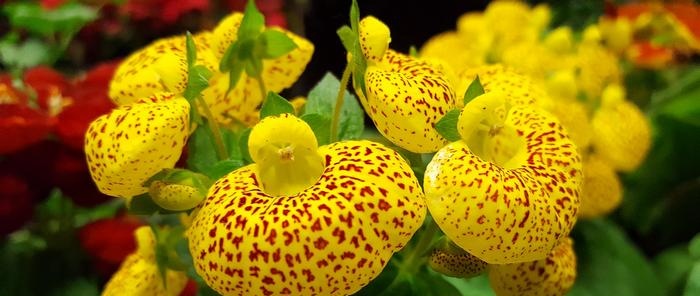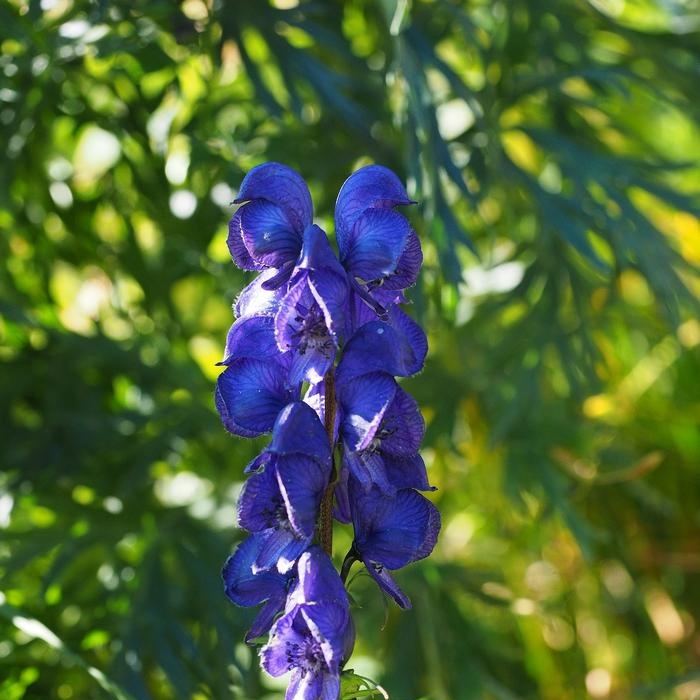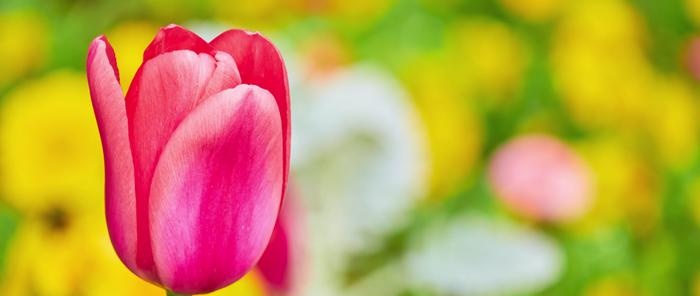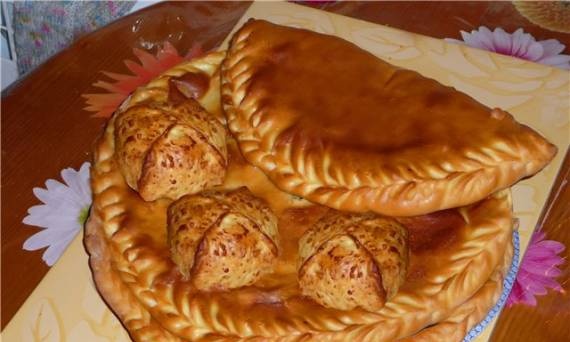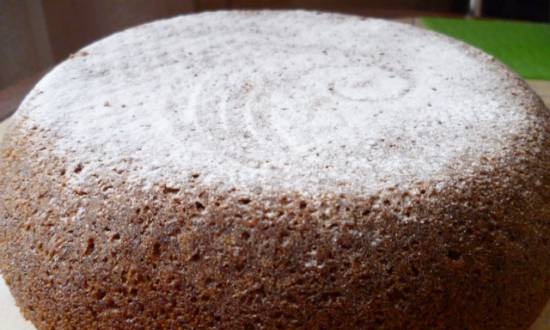Mocca yellow |
|
This species is confined to coastal habitats and is distributed in Southern Europe and Western Asia. It is found on the Black Sea coast: in the Crimea - from Sevastopol to Karadag and in the Caucasus - from the Taman Peninsula to the mouth of the Chorokh River. Separate isolated habitats are known in the vicinity of Evpatoria, on Tarkhankut and along the shores of the Azov Sea in the Rostov region. It grows on well-drained soils, on sandy and pebble sea shores, less often on rocks and gravelly slopes facing the sea, as well as along river valleys on sandy and pebble deposits. Flowering begins in late April and lasts until October. Often on the same plant, you can see both flowers and already ripe fruits. The fruit of the macula is a long, up to 25 cm, pod-shaped capsule, divided inside by a longitudinal septum (which is an important characteristic characteristic of the whole genus). Seeds are small, black, shiny, contain fatty oil.
The macaque yellow was introduced to the culture in Europe. It is successfully cultivated in the Krasnodar Territory, Moldavia and Kazakhstan. Plants reproduce well with stratified seeds. For medicinal purposes, the aerial part containing 12 alkaloids is used. The tablets are used as a cough suppressant, for diseases of the lungs and upper respiratory tract.
With intensive development of the coastal zone of the Black and Azov Seas, the impoverishment and destruction of the natural coastal flora should not be allowed. Many plants grow exclusively on the seashore, including such as yellow mackerel, sea krithmum, Schober's saltpeter, katran koktebelsky, etc. A caring attitude towards such plants must be present in the work of architects, designers, and builders. Everyone in his place must make a feasible contribution to the great and important work for the protection of nature. V.G.Shatko Similar publications |
| Apiary organization | Wild strawberry |
|---|
New recipes
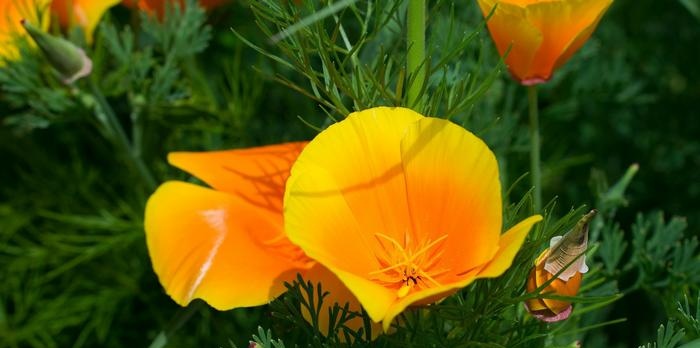 The yellow macula, or yellow glaucium, is a rare, endangered species of the poppy family. This is a one-biennial (or perennial) herb with rather large densely pubescent gray leaves, collected at the base in a rosette, which gives a flowering shoot up to 60 cm high with numerous leaves and flowers. They are very beautiful - solitary, large, shiny, lemon yellow, dark yellow, rarely orange.
The yellow macula, or yellow glaucium, is a rare, endangered species of the poppy family. This is a one-biennial (or perennial) herb with rather large densely pubescent gray leaves, collected at the base in a rosette, which gives a flowering shoot up to 60 cm high with numerous leaves and flowers. They are very beautiful - solitary, large, shiny, lemon yellow, dark yellow, rarely orange.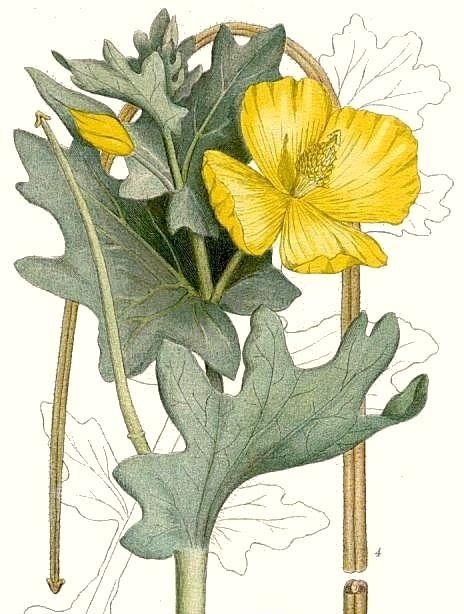 In places where machocae grows, it is found extremely unevenly, often scattered, its reserves have recently been sharply reduced in connection with the collection as an ornamental plant. Habitats of yellow glautium often suffer also due to intensive construction in the coastal zone, coastal protection works carried out on the Black Sea coast, and are often simply destroyed under the influence of the same factors.
In places where machocae grows, it is found extremely unevenly, often scattered, its reserves have recently been sharply reduced in connection with the collection as an ornamental plant. Habitats of yellow glautium often suffer also due to intensive construction in the coastal zone, coastal protection works carried out on the Black Sea coast, and are often simply destroyed under the influence of the same factors.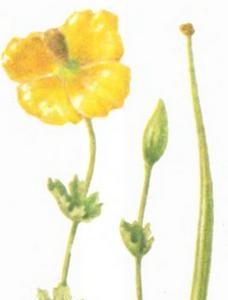 The yellow machok is protected in two reserves: Cape Martyan and Karadag. It is included in the Red Book.
The yellow machok is protected in two reserves: Cape Martyan and Karadag. It is included in the Red Book.